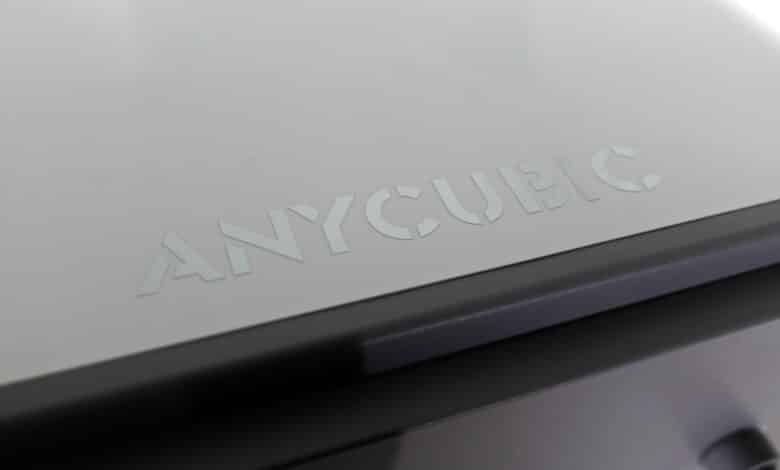
SLA-based 3D printers can produce models with impressive quality, but cleaning and curing always result in additional work. Corresponding manufacturers therefore offer additional devices for post-treatment. At Anycubic, this is the “Wash & Cure” series, which previously consisted of the Wash & Cure 2.0 and the Wash & Cure Plus. With the Wash & Cure Max, however, another model has now been introduced. This is not only larger, but it also overturns the previous concept.
With the Wash & Cure Max, Anycubic is combining the washing and drying processes for the first time. Similar to a dishwasher, one simply places the items to be treated in a basket. The machine is then said to do the rest at the touch of a button. Compared to previous models, isopropanol consumption is also said to be significantly reduced: Anycubic is talking about less than 50 ml per wash cycle. Instead, less expensive water is used as a second washing liquid.
Anycubic charges a starting price of 300 euros for the aforementioned functions [Current: $ 329.00 *. How does the Wash & Cure Max for this price in practice, whether and for whom we would recommend it, we clarify in the following test.
Specifications
| Dimensions (WxHxD): | 434 x 556 x 434 mm |
| Maximum model size (WxHxD): | 300 x 300 x 165 mm |
| Weight: | 13.5 kg |
| Power consumption: | 144 W |
| Programs: | Wash & UV curing, UV curing |
| Capacity: | Ethanol: 5 l Water: 5 l |
| Wavelength: | 405 nm |
| Price: | $ 329.00 * [Test time: 300 euros] |
Scope of delivery of the Wash & Cure Max
- Everything necessary is included
- The device is already built from the factory
Anycubic delivers the Wash & Cure Max in a blank cardboard box. Inside it, protected by thick foam pads, is the fully assembled device. The accessories are again stowed inside: A foam insert holds the instructions, a plastic spatula, a spare filter, two Allen keys and the external 24V power supply. Below this, in the main compartment of the washing station, the component cage, two liquid tanks, a foldable plastic bucket and four hoses with a length of around 1.5 m can also be found. This provides all the accessories needed for commissioning.
Design & Workmanship
- Simple design
- Impeccable build quality
- Lots of plastic
In terms of design, Anycubic is decidedly plain: the Wash & Cure Max is wrapped in high-gloss white plastic on all four sides. On the front, this is only interrupted by the manufacturer’s logo and the control panel. Settings can be made and the device can be started or paused via the panel’s six touch keys.
While only screws for fastening the case can be seen on the left and right, things get even more interesting on the back: There are four hose connections through which the device can pump cleaning agents and water as well as the residual liquid on and off.
There’s not much to see on the underside of the Wash & Cure Max either. The case is made of gray plastic, which also forms the four feet. The same material is also used on the edge of the top, where it covers the semi-transparent lid of the washing station. This can be lifted slightly to reveal the inside.
There you will find the actual wash chamber, which is made of translucent plastic. The liquids are injected laterally via nozzles, which can drain off at the bottom through replaceable filters. The curing process, on the other hand, is carried out by a strip of UV LEDs. To ensure that the models are washed or irradiated from all sides, there is also a rotating disk on the base, as is already familiar from the other Wash & Cure machines. It rotates the washing cage during operation and thus also the 3D models.
There is nothing to criticize about the build quality of the Wash & Cure Max: The plastic surfaces are cleanly crafted, they do not give way and the gap dimensions are also in the green zone. Sharp edges can also be found neither on the device nor on the accessories.
Construction & Commissioning
- Simple assembly
- Accessories stand around loosely
- Much floor space required
The assembly of the Anycubic Wash & Cure Max goes quickly from the hand. First, you put the device in the desired position. Then you mount the back of the four factory-numbered hoses by simply pushing them into the corresponding openings. They then snap into place automatically.
Next, the two tanks can be connected. To do this, you first fill the tank with alcohol and then connect it with two hoses so that part of the cleaning agent can be pumped back into the tank. The water tank, on the other hand, only gets a connection for suction. Finally, the remaining hose is placed in the folding bucket provided. This is where the used liquid will be placed later.
The two tanks and the bucket are simply placed next to the Wash & Cure Max – there is no designated position or mounting option. Depending on the environment, this unfortunately makes the setup look a bit untidy. Nevertheless: The hoses can be shortened at any time and thus adapted to one’s own needs.
Once the hoses are connected and all containers are positioned next to the device, you only have to place the cage on the rotor in the cleaning room. This completes the assembly – after a few minutes – and the device can be used.
Practice.
- Low alcohol consumption, but very high water consumption
- Required to fill water tank and empty residual bucket for each wash
- Impeccable results
Not only the setup, but also the operation of the Wash & Cure Max is as simple as can be. To clean and cure, you simply place the 3D print in the basket and start the desired program. You can simply harden the model, whereby you can select the operating time in 60-second increments. Washing alone, on the other hand, is not possible, but both together are.
The 15:30 minute automatic mode is used for this. This pre-rinses for three minutes with a small amount of isopropanol, followed by a main rinse cycle of 7 minutes. The device then sucks off around three liters of water and uses it to clean the 3D model again. Finally, there is a three-minute drying time and another rinse cycle with the remaining water before the Wash & Cure Max pumps the liquid into the waste water bucket.
The operation of the device is simple and works well. We liked the opening lock, for example, which closes the device during operation. In addition, the results achieved are convincing. Models cleaned and hardened in the test no longer had any resin residue on them and had a firm, clean surface. However, we would have liked to see an option for the Auto mode to further adjust the times – in case a certain resin needs to cure a bit longer, for example.
A certain problem is also the liquid consumption. In fact, only a few dozen milliliters of isopropanol are used per wash cycle, but the entire water tank is used and, after cleaning, is pumped into the waste water bucket. This then also directly fills it up, so that you have to refill the water with every wash cycle and dispose of the contents of the bucket as toxic waste. Admittedly, (distilled) water is very cheap compared to alcohol. However, the operation of the Wash & Cure Max becomes quite expensive due to the large amount of waste water – if you do not live directly next to a corresponding disposal station.
We also see a small potential for improvement in the washing basket. Anycubic shows the Wash & Cure Max especially in use with large models, and due to the large interior, it is also well suited for this. In addition, several small models can be cleaned at the same time – which is just as good. However, we would have liked to see a second insertion grid with finer meshes so that we could still clean particularly small models without them falling through the grid. This would have made the washing station much more flexible.
Summary of the Wash & Cure Max
With the Wash & Cure Max, Anycubic has introduced a new washing station and thus established a new cleaning concept. The newcomer has many strengths: The operation is simple, the build quality good and the commissioning quickly done. In addition, the approach of cleaning the models with nozzles instead of a filled tank has also worked flawlessly.
We can also confirm Anycubic’s promise that the Wash & Cure Max only needs a little isopropanol. However, this advantage is sold by a comparatively high water consumption, which should be considered especially with regard to disposal. In addition, the device can unfortunately only be used with models that are not too small. Because these would – without further accessories – fall through the washing basket.
In the end, Anycubic’s new washing station is still a well-rounded solution for its starting price of 300 euros [Current: $ 329.00 *], but probably less aimed at home users. Those who only print occasionally can hardly justify the space consumption as well as disposal costs. On the other hand, the situation is quite different for enthusiasts and companies: Those who have to clean models on a daily basis can save themselves a lot of work with the Wash & Cure Max. For continuous use, it would even be conceivable to retrofit even larger containers instead of the tanks supplied, so that the liquids would have to be changed less frequently. Then the device would actually be very close to a “one-click solution”.
Anycubic Wash & Cure Max
Workmanship
Hardware
Practice
Value for money
88/100
A largely automatic solution that achieves great results with little isopropanol. However, a lot of water is consumed in return.
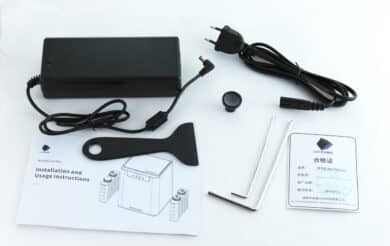
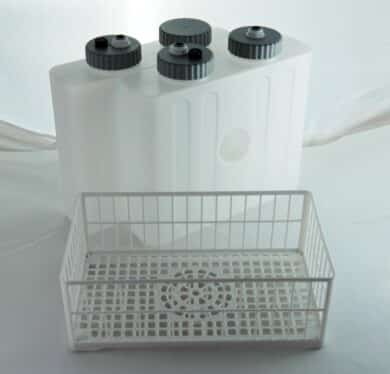
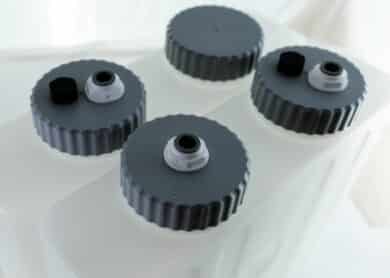

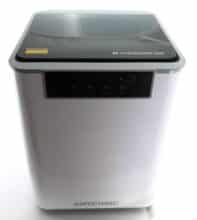
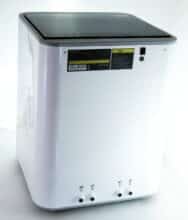
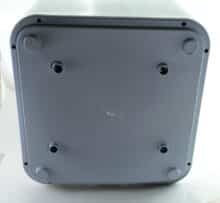
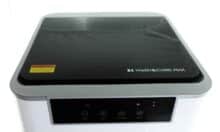
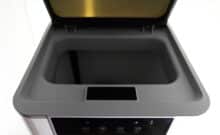
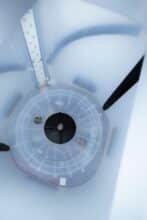
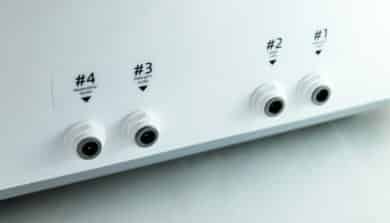
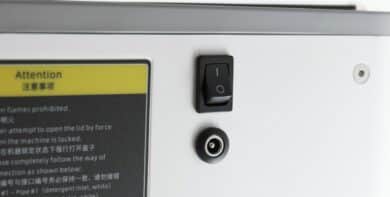


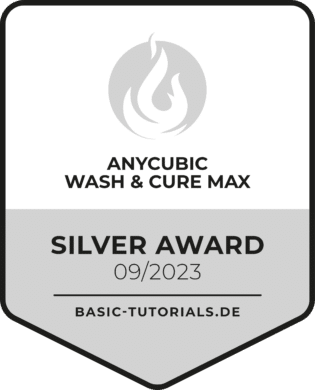
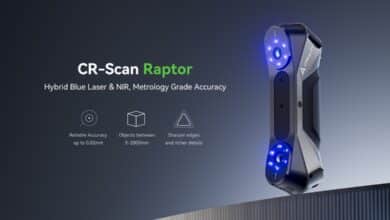

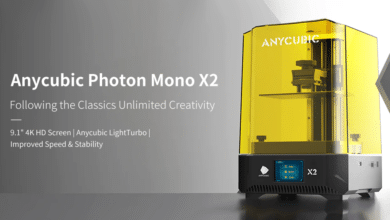

No replies yet
Neue Antworten laden...
Gehört zum Inventar
Beteilige dich an der Diskussion in der Basic Tutorials Community →